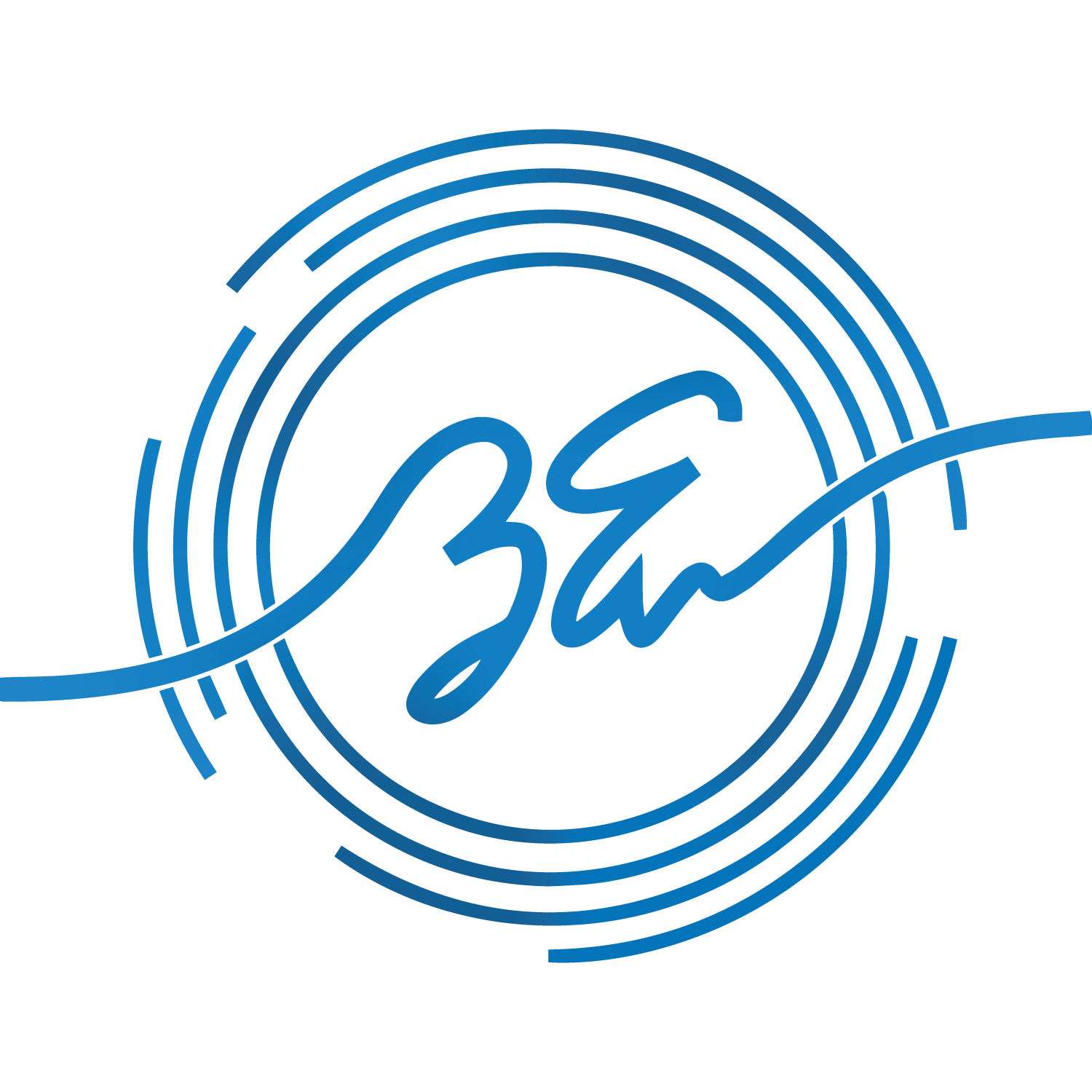Today marks a significant transition in the world of music composition and notation. MakeMusic, the company behind Finale, one of the most venerable names in music notation software, has announced the discontinuation of its flagship product. This decision, effective immediately, has sent ripples through the music community, leaving many users, from hobbyists to professional composers, scrambling to find a new digital home for their musical ideas.
MakeMusic’s decision to sunset Finale, along with its associated products like PrintMusic and Notepad, came as a surprise to many. The company has not only ceased sales and downloads but has also set a deadline for support and reauthorization, which will end on August 25, 2025. This move signifies the end of an era for a software that has been a cornerstone in music education, composition, and professional music notation for over 35 years.
The Transition to Dorico
In a strategic partnership, MakeMusic has aligned with Steinberg, the creators of Dorico, offering exclusive crossgrade pricing for Finale users to switch to Dorico Pro. This move is not just about discontinuing a product but steering users towards what MakeMusic believes is the future of music notation. Dorico, known for its innovative approach to music notation, has been gaining traction for its user-friendly interface and advanced features like real-time engraving updates.
Looking Forward
For users of Finale, this announcement means more than just switching software; it’s about adapting to new workflows, learning new interfaces, and possibly rethinking how they approach music notation. Dorico, with its promise of seamless music notation and integration with other music production tools, stands as a beacon for what’s next in digital music creation. However, the transition period might be fraught with challenges, including the cost of new software, time to learn, and the emotional attachment to Finale.
Personal Recommendations for Transitioning from Finale
For those looking to transition from Finale, here are some personal recommendations based on my experience and the community’s feedback:
- Dorico Pro: Given the exclusive crossgrade offer from MakeMusic, Dorico stands out as a direct successor for many Finale users. Its intuitive interface, real-time engraving updates, and seamless integration with other music production tools make it a compelling choice. Users have praised its workflow, especially features like the Jump Bar, which helps navigate the software efficiently. It also works on iPad Pro, which is something Finale failed to accomplish. This is the route that I am personally going.
- Here is an excellent YouTube beginning tutorial to start your journey. https://youtu.be/a6cDR9HZUvk?si=tEmcTJGoJgEST_8k
- Sibelius: If you’re comfortable with Finale’s complexity, Sibelius might feel like a natural transition. It’s known for its user-friendly interface, especially for beginners, and has a robust set of features for professional use. The integration with other Avid products and its long-standing reputation in music education and professional settings make it a solid alternative.
- MuseScore: For those looking for a free alternative, MuseScore 4 offers an impressive range of features. While it might lack some of the advanced functionalities of Finale or Dorico, its community support, regular updates, and the fact that it’s free make it an attractive option for hobbyists and educators.
- Notion 6: If budget is a concern but you still want something more than MuseScore, Notion 6 provides a good balance. It’s less expensive than the top-tier software but offers a comprehensive set of tools, including good playback quality and a user-friendly interface.
Considerations for Choosing Your Next Software
- Workflow: If you’re deeply embedded in Finale’s workflow, consider how much time you’re willing to invest in learning a new system. Dorico might offer the smoothest transition due to its modern approach to notation.
- Community and Support: Look into the community size and support for each software. Larger communities often mean more resources, tutorials, and forums to help with transitions.
- Future Proofing: Think about where you see your music composition needs in the future. Software like Dorico, with its integration with Steinberg’s ecosystem, might offer more future-proofing for digital music production.
- Cost: While the initial cost might be high, consider the long-term investment. Sometimes, the more expensive software might save time and frustration in the long run.
- Feature Set: Evaluate what features you use most in Finale. Not all software will offer the exact same tools, so match your needs with what’s available.
Conclusion:
The discontinuation of Finale marks the end of an era but also opens up new avenues for exploration in music notation. Whether you choose to upgrade to Dorico, explore the familiar yet different Sibelius, or venture into open-source or budget-friendly alternatives, the key is to find a tool that not only meets your current needs but also excites you about the future of your music composition journey. Remember, each software has its strengths; it’s about finding the one that resonates with your workflow and creative process.
